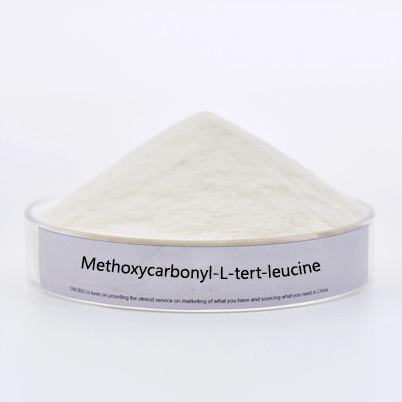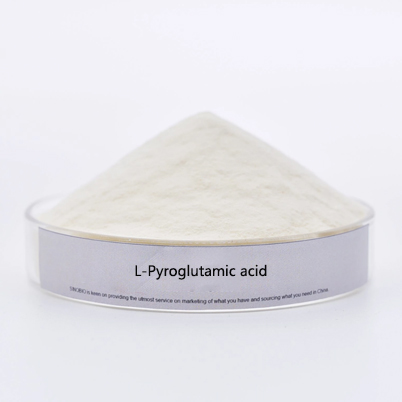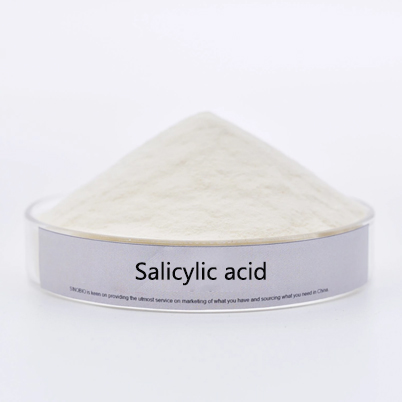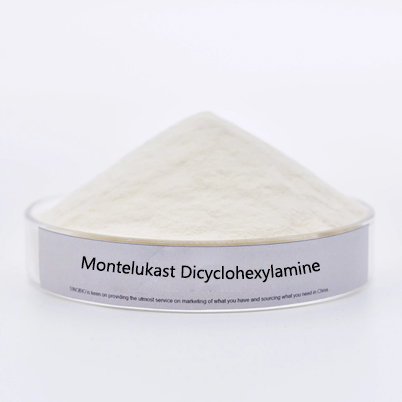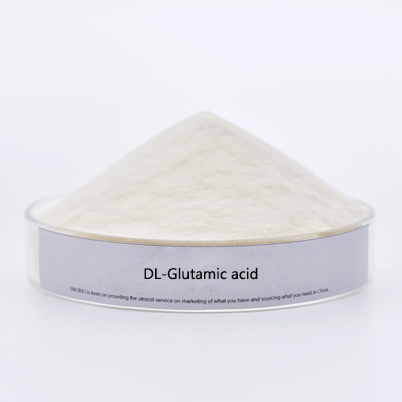- E-mail : info_medicalmarketing@jindunmedical.com
- Phone : +86 21 64057580
- Address : Shanghai China
How far can anti-TB treatment with linezolid really go?
Linezolid is a new synthetic antibacterial drug of oxazolidinone developed and produced by Pharmacia&Upiohn Company (acquired by Pfizer) in the United States. The FDA approved the drug to be marketed on April 18, 2000 This product is the first drug approved for the treatment of methicillin resistant Staphylococcus aureus infection in the United States in 40 years. It was listed in China in September 2007 and belongs to Class B medicare drug.
Linezolid, an enzolide-based antibacterial drug, is another new class of synthetic antibacterial drugs marketed after sulfonamides and quinolones, which has attracted much attention for its unique mechanism of action and good antibacterial activity. Recent studies have shown that linezolid has good anti-mycobacterium tuberculosis (MTB) effects and also shows strong antibacterial activity against drug-resistant strains, and the clinical efficacy of linezolid in the treatment of multidrug-resistant tuberculosis and pan-drug-resistant tuberculosis has been more satisfactory.
In 2016, the World Health Organization classified it as a core treatment drug for multidrug-resistant TB in the "Guidelines for the treatment of drug-resistant TB" [1,2].
Because of this and the limited availability of anti-TB drugs, linezolid emerged at this time, which undoubtedly added a "life-saving straw" to anti-TB treatment. So the clinic began to cling to this "life-saving straw" and use it with great pleasure. So much so that the use of linezolid has become very widespread. So, what are the indications for linezolid use?
According to the Expert Consensus on Antituberculosis Treatment with Linezolid [3], co-authored by the Expert Writing Group on Antituberculosis Treatment of the Chinese Medical Association's Branch of Tuberculosis in 2018, ①in vitro drug susceptibility testing (DST) confirmed infection with multidrug-resistant Mycobacterium tuberculosis (MTB) resistant to rifampin, which includes rifampin monoresistant TB and rifampin multidrug-resistant TB; ②DST confirmed infection with MTB, at least simultaneous isoniazid- and rifampicin-resistant TB. ③DST results confirm infection with MTB that is resistant to any fluoroquinolone antimicrobial drug in addition to isoniazid and rifampin, as well as TB that is resistant to at least 1 of the 3 second-line injectable drugs (coleomycin, kanamycin and amikacin). (4) Drug-resistant, severe and refractory antituberculous mycobacterial effects: including rifampicin-resistant TB, MDR, XDR and pathogenically confirmed or clinically highly suspected severe TBM (markedly impaired consciousness, persistent hyperthermia and recurrent convulsions, intractable high cranial pressure, meningoencephalitis type, spinal cord type) or refractory antituberculous treatment that is not effective with conventional antituberculous regimens.
In addition, referring to the relevant WHO guidelines and the instructions for linezolid (September 2013 edition) [1,2,4], the contraindications and relative contraindications to linezolid are as follows.1. Contraindications: (1) patients who are hypersensitive to linezolid or other components contained in this product; (2) patients who are using any drugs that inhibit monoamine oxidase A or B (e.g., phenelzine, isocarbohydrazide) or who have used such drugs within 2 weeks. Patients who have used such drugs within 2 weeks.
2. Relative contraindications: Considering the common adverse effects of linezolid, the following conditions are relative contraindications and need to be used with caution: ① linezolid has the risk of causing myelosuppression, if there are potential myelosuppressive lesions, such as hematopoietic disorders, after chemotherapy for tumors, or significant leukocytopenia and thrombocytopenia, or moderate to severe anemia; ② linezolid can cause optic neuritis, and patients who have visual impairment, (3) Linezolid should be used with caution in women during pregnancy and lactation; (4) Linezolid has a risk of elevated blood pressure and should be used with caution in patients with uncontrolled hypertension, and blood pressure monitoring is required if it is used; (5) Linezolid has not been used in patients with pheochromocytoma, carcinoid syndrome, and untreated hyperthyroidism, and therefore, these patients (6) Linezolid has been reported to cause convulsions and should be used with caution in patients with a history of seizures.
However, the use of linezolid in most clinical anti-TB prescriptions is beyond the scope of use specified by the expert consensus and its instructions. It is recommended that clinical use be strictly in accordance with the expert consensus and the drug instructions to avoid the proliferation of linezolid use leading to drug resistance of Mycobacterium tuberculosis, which would be more limited for the treatment of severe and drug-resistant tuberculosis!
PRODUCT TAGS
LinezolidandInterMediate;N-{[(5S)-3-[3-fluoro-4-(Morpholin-4-yl)phenyl]-2-oxo-1,3-oxazolidin-5-yl]Methyl}acetaMide;(S)-N-((3-(3-fluoro-4-Morpholinophenyl)-2-oxooxazolidin-5-yl)Methyl)acetaMide;(S)-N-[[3-(3-Fluoro-4-morpholinophenyl)-2-oxChemicalbooko-5-oxazolidinyl]methyl]acetamide;Linezolid-13C-d3;Acetamide,N-[[(5S)-3-[3-fluoro-4-(4-morpholinyl)phenyl]-2-oxo-5-oxazolidinyl]methyl]-(9CI);Acetamide,N-[[3-[3-fluoro-4-(4-morpholinyl)phenyl]-2-oxo-5-oxazolidinyl]methyl]-,(S)-;PNU100766-
date
2022-10-09
-
location
Shanghai, China






































